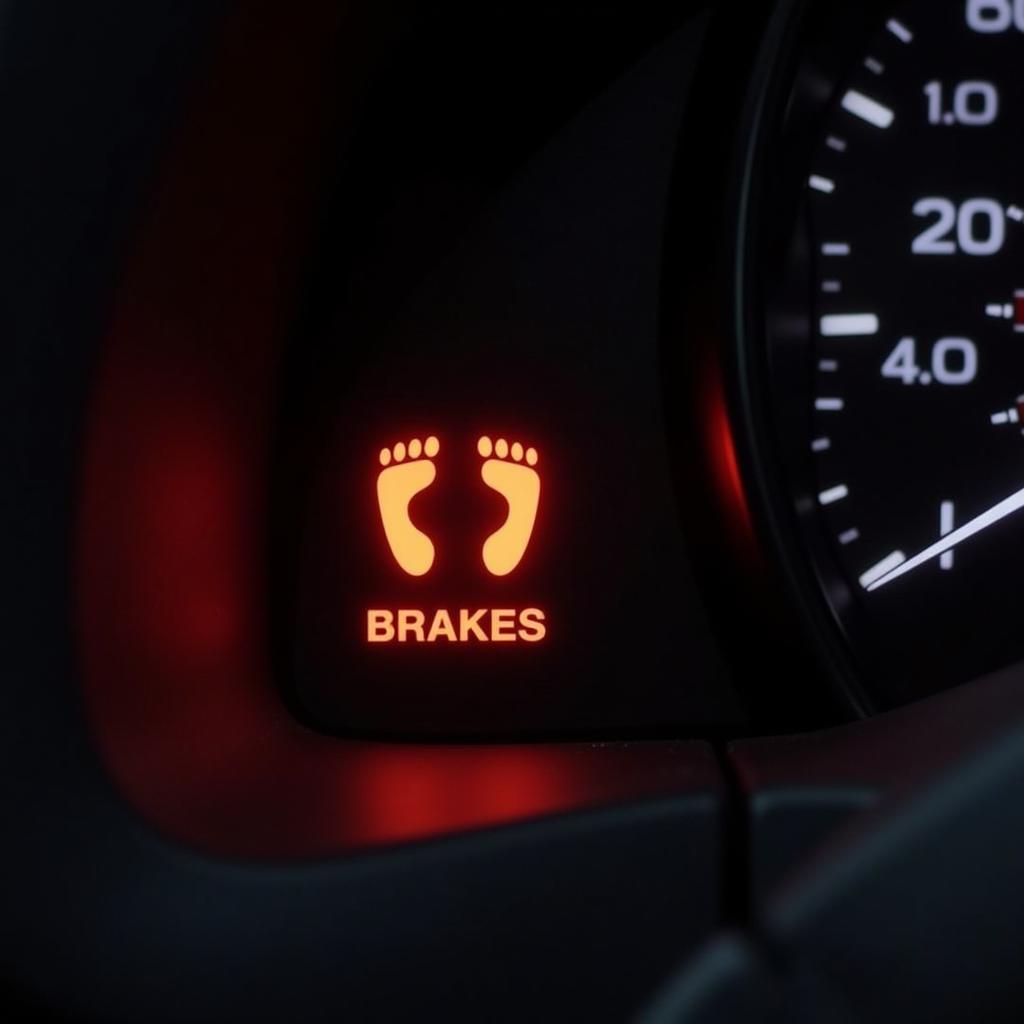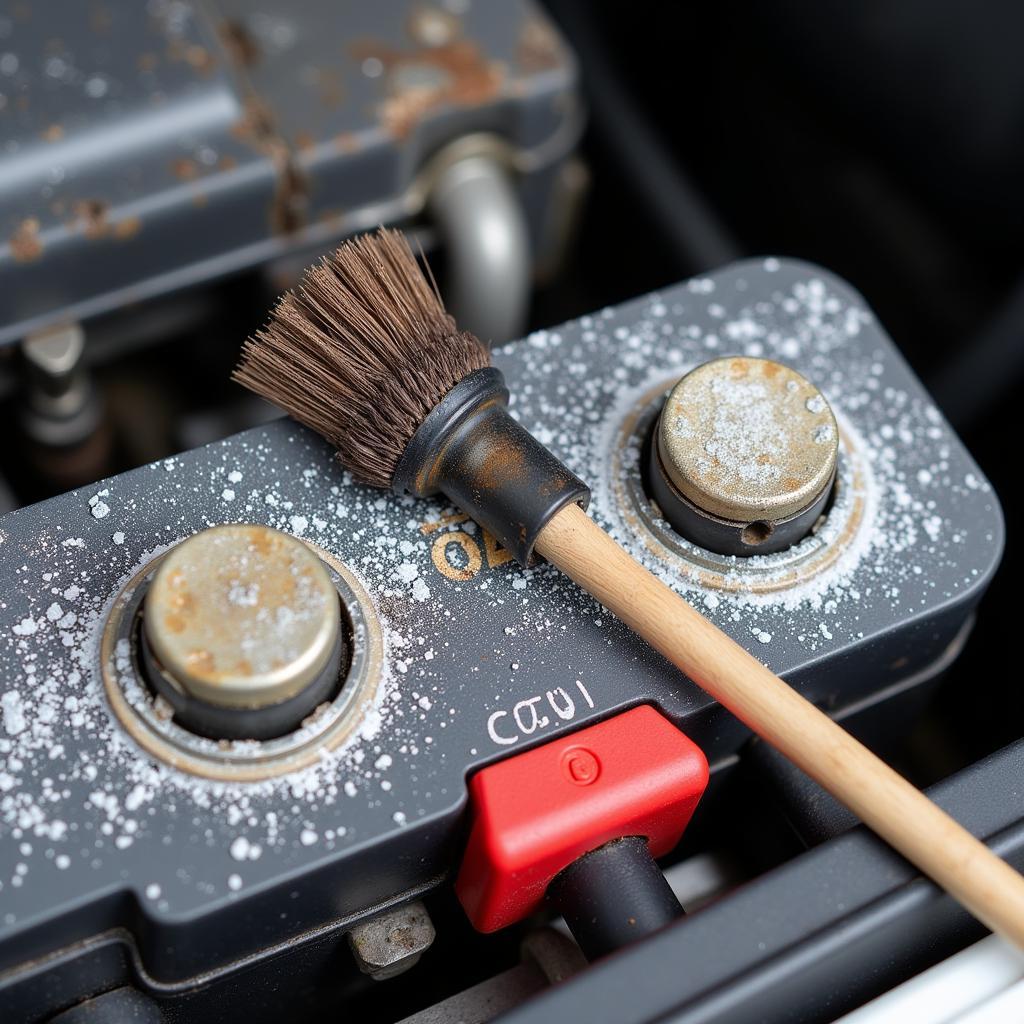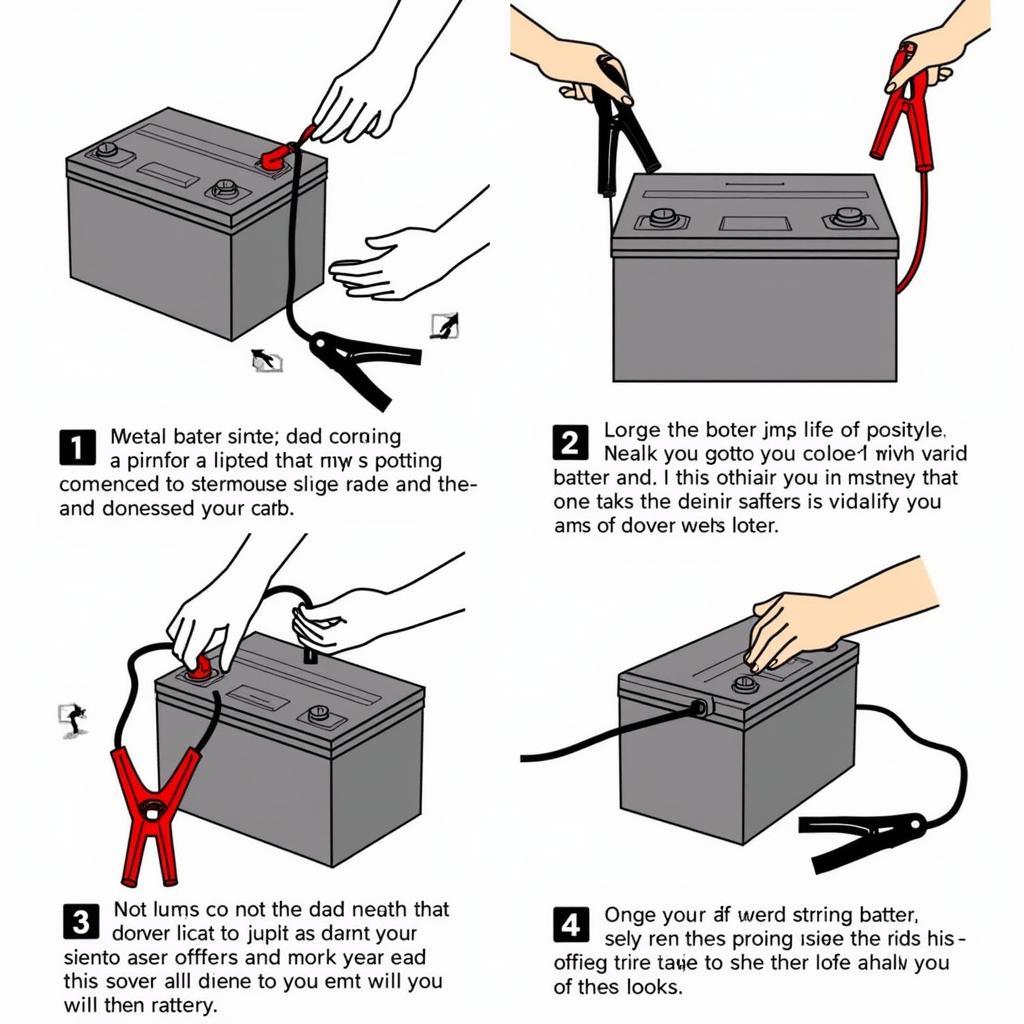A Renault Clio brake fault warning light can be a jarring experience. It signals a potential issue with your braking system, requiring immediate attention. This guide will help you understand the common causes of this warning, offer troubleshooting tips, and explain your options for resolving the problem, whether through DIY fixes or professional assistance. We’ll also explore remote diagnostic and programming services, allowing you to get back on the road safely and efficiently.
Do you see the brake warning light flashing on your Renault Clio’s dashboard? This article will help you understand why and what you can do. brake pads warning light renault clio We’ll delve into the various reasons for the Renault Clio brake fault warning, from simple fixes to more complex issues requiring professional help.
Understanding the Renault Clio Brake Fault Warning
The brake warning light is part of your Clio’s safety system. It illuminates when the car detects a problem within the braking system. This could range from low brake fluid to more serious issues like a malfunctioning ABS system. Ignoring this warning can lead to significant safety risks and potentially costly repairs.
Common Causes of the Brake Warning Light
Several factors can trigger the brake fault warning light in a Renault Clio. These include:
- Low Brake Fluid: This is the most common culprit. Over time, brake fluid levels can drop due to leaks or normal wear and tear of brake pads.
- Worn Brake Pads: As your brake pads wear down, they eventually reach a point where a sensor triggers the warning light.
- Faulty ABS Sensor: A malfunctioning ABS (Anti-lock Braking System) sensor can disrupt the braking system and activate the warning light.
- Brake Fluid Leaks: Leaks in the brake lines or other components can cause a significant drop in brake fluid pressure, triggering the warning.
- Master Cylinder Issues: The master cylinder is a critical component of the braking system. Problems with it can compromise braking performance and activate the warning light.
 Renault Clio Brake Warning Light on Dashboard
Renault Clio Brake Warning Light on Dashboard
Troubleshooting the Renault Clio Brake Fault Warning
Before rushing to a mechanic, you can perform some basic troubleshooting steps to identify the potential cause of the brake warning light:
- Check Brake Fluid Level: Locate the brake fluid reservoir under the hood and check the fluid level. If it’s low, top it up with the correct brake fluid specified in your owner’s manual.
- Inspect Brake Pads: Visually inspect your brake pads for wear. If they appear thin or worn down, they likely need replacing.
- Listen for Unusual Noises: Pay attention to any unusual noises, such as grinding or squealing, when applying the brakes. This could indicate worn brake pads or other issues.
What if the Warning Light Persists?
If the warning light persists after these initial checks, it’s crucial to seek professional help. Continuing to drive with a persistent brake warning light can be dangerous.
Remote Diagnostic and Programming Solutions
Modern technology allows for remote diagnostics and programming of vehicle systems, including braking systems. This can be a valuable tool for identifying and addressing certain brake faults in your Renault Clio. renault clio brake pads warning light A qualified technician can connect remotely to your vehicle’s computer system to diagnose the issue and potentially even reprogram certain modules to resolve the problem.
“Remote diagnostics offer a quick and efficient way to pinpoint the root cause of a brake fault,” says John Smith, Senior Automotive Diagnostic Technician at Advanced Auto Solutions. “It can save valuable time and money compared to traditional diagnostic methods.”
Professional Brake Repair and Maintenance
For complex brake issues, it’s essential to consult a qualified mechanic. They have the expertise and equipment to diagnose and repair any problems with your Clio’s braking system. Regular brake maintenance, including brake fluid flushes and brake pad replacements, can prevent many brake-related issues and ensure optimal braking performance.
“Regular brake maintenance is crucial for ensuring the safety and longevity of your vehicle’s braking system,” adds Jane Doe, Lead Mechanic at Expert Auto Repair. “Don’t wait for a warning light to appear before addressing potential brake issues.”
Conclusion
A Renault Clio brake fault warning light should never be ignored. Understanding its potential causes, troubleshooting options, and seeking professional help when necessary will ensure your safety and prevent costly repairs. Remote diagnostic and programming services offer efficient solutions for certain brake faults, while regular maintenance can help prevent issues altogether. Addressing the Renault Clio brake fault warning promptly is vital for safe and reliable driving.
FAQ
- What does the Renault Clio brake warning light mean? It indicates a potential issue within the braking system, such as low brake fluid or worn brake pads.
- Can I drive with the brake warning light on? It’s not recommended. Driving with a persistent brake warning light can be dangerous.
- How often should I check my brake fluid level? It’s a good idea to check it at least once a month.
- How long do brake pads typically last? Brake pad lifespan varies depending on driving habits, but they usually last between 25,000 and 70,000 miles.
- What is involved in a brake fluid flush? It involves removing the old brake fluid from the system and replacing it with fresh fluid.
- How much does it cost to replace brake pads? The cost varies depending on the make and model of your car and the type of brake pads used.
- What are the signs of a faulty ABS sensor? Signs include an illuminated ABS warning light, erratic braking behavior, and a malfunctioning speedometer.


